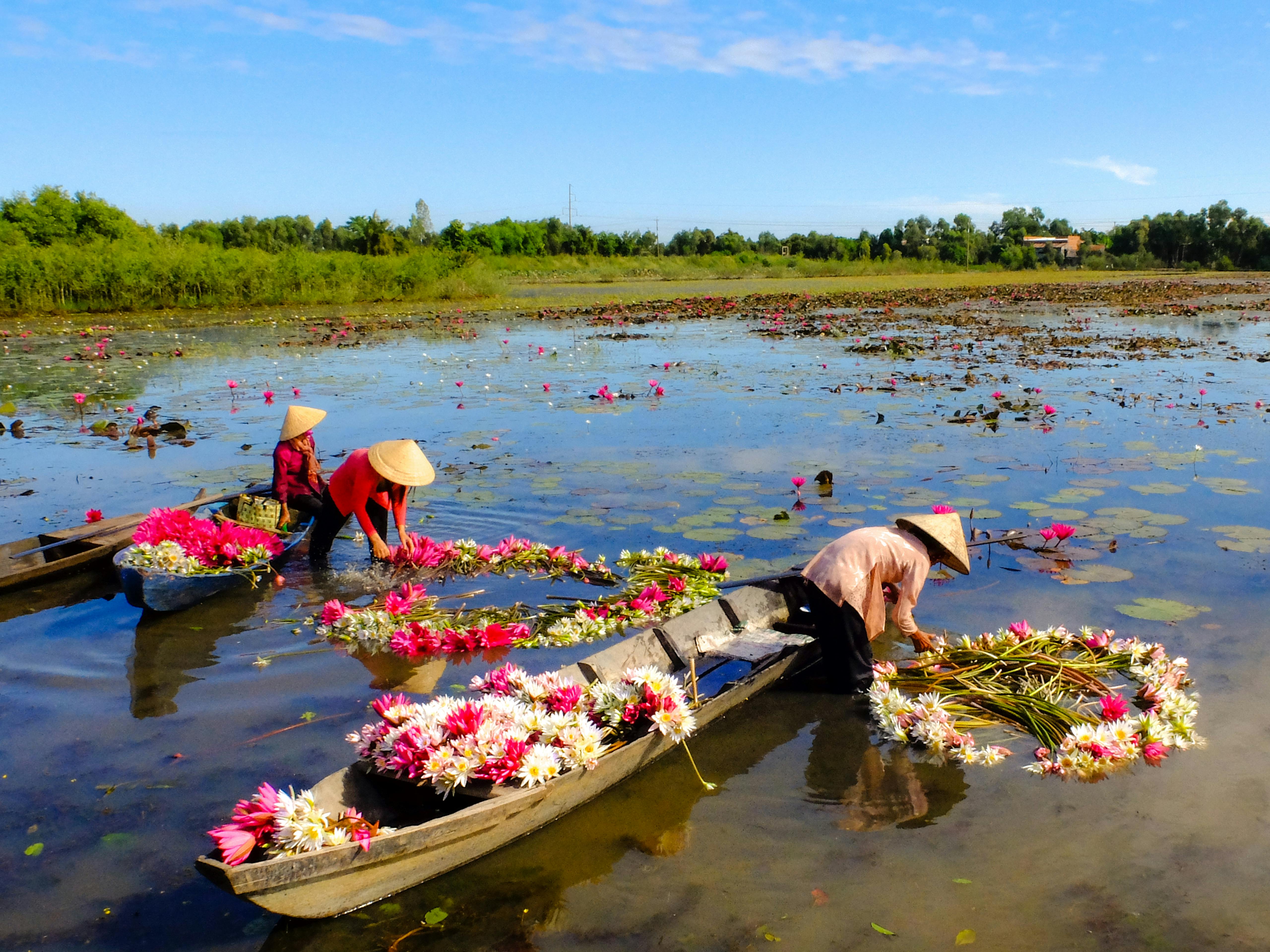
Diving the Best of the Belize Barrier Reef
Belize is a democratic Caribbean nation about half the size of Switzerland, endowed with warm and friendly English-speaking people, the longest barrier reef in the Western Hemisphere with wonderful snorkeling and scuba diving opportunities, rainforests protected as reserves and parks , and more Mayan temples and ruins than you can count. There are fantastic places to dive, snorkel and snuba in the Inner Cays, the Barrier Reef and Glovers Reef Atoll.
The town of Placencia, in southern Belize, sits on the southern tip of the Placencia Peninsula and is known as the drive-through cay. Over 1,000 friendly people are lucky enough to live here and enjoy a 16-mile-long beach, trips to our Keys, Barrier Reef and Glover’s Reef Atoll, and a lagoon that invites kayaking and boating. by the river.
Belize has long been a popular diving destination, due to the barrier reef and the famous blue hole. As Belize has grown in popularity, development has occurred in the north of the country, but Placencia remains a quiet, authentic community offering the highest standards of service. There are small, locally run guest houses you can stay in or luxury villas that blend in with the surroundings and landscape. The local community is friendly and always ready to serve and share its culture and heritage with tourists and visitors. When you stay in Placencia, you’ll feel part of the community and have access to some of the best diving Belize has to offer. Some of the most pristine reef systems are found in southern Belize, and Gladden Spit, the world famous whale shark feeding site, is only a short boat ride away, and day trips to the famous Blue Hole from Placencia, so come and discover the best diving, and an authentic community in Placencia with the real Belize, both below and above the water.
Over forty percent of Belize is protected as various types of reserves. If you look at a map of Belize you will see that most of these are in the south and if you look at the locations of the Mayan ruins most are in the south as well.
Belize’s barrier reef system is the second largest barrier reef system in the world, after Australia’s Great Barrier Reef, and is the largest barrier reef in the Western Hemisphere. Belize’s barrier reef spans 200 miles/320 kilometres, and is also surrounded by more than 450 islets and islands, known locally as cays. Belize has one of the lowest population densities in Central America, with around 40% being protected as parks. Due to the lack of development on the coast and the reef’s distance from the mainland, corals and aquatic life are some of the most diverse and abundant in the Caribbean.
While the northern parts of Belize, such as Ambergris Cay and Cay Caulker, have experienced massive tourism and commercial development, the southern parts of Belize have retained their authentic charm and have developed a sustainable tourism infrastructure, offering services and accommodation. from budget to the highest standards of luxury.
The small peninsular town of Placencia is ideally located in the south to be closer to the healthiest and most vibrant sections of the Belize Barrier Reef. From Placencia, scuba divers and snorkelers have short boat rides to UNESCO World Heritage-listed Glovers Reef and the famous whale shark spawning and feeding ground of Gladden Spit. In partnership with Northern Dive Operators on Ambergris Cay, we also have dive packages that include visits to Belize’s Blue Hole.
Diving on the Placencia reefs is some of the best in Belize, and we have a variety of diving and snorkeling packages available.
Belize’s climate is subtropical with an average temperature of around 80 degrees Fahrenheit. During the coldest part of the year, December through March, average lows are about 65 degrees with highs around 85. From June through October, average lows are in the order of 75 degrees with highs around 90. Rain it usually falls in the form of short showers at night. but the northerners can come during the period from December to March and can bring several days of thunderstorms.
Belize is occasionally affected by hurricanes: 5% of recorded Atlantic hurricanes have reached Belize since 1886. Atlantic hurricanes generally originate off the coast of Africa, at about the same latitude as Belize. They continue west for a while and then head northwest. Historically, most hurricanes occur between August and October in Belize.
Continental, American Airlines and TACA fly to Belize from the US Maya Island Air offers flights from Cancun to Belize City. Within Belize, Tropic Air and Maya Island Air each have several flights a day between Belize City and Placencia. The bus is also an option for the budget traveler. If you want more personal mobility, you can rent a car in Belize City or Placencia. Placencia also offers golf cart rentals.